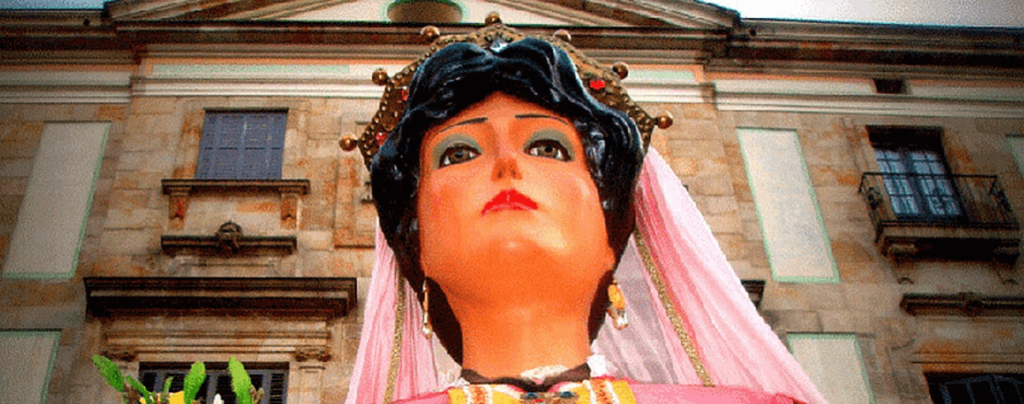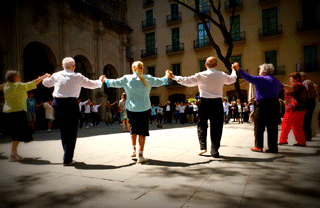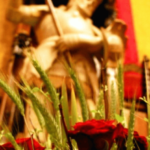
What To See During The Festes De La Merce
BEST EVENTS IN BARCELONA LA MERCE
La Merce Festival in Barcelona (or Festes de la Merce) is the most important local celebration in Barcelona: it’s our main festival – La Festa Major. Every year it is celebrated during the week around September 24, day of our Lady of Mercy – Patron Saint of Barcelona. If you are visiting Barcelona in September, the weather is still nice and it invites to go out and explore.
Here are our favorite activities during la Merce festival:
1
Castellers – Catalan Human Castles
Les Festes de la Merce concentrate the very best castellers teams, that compete in front of the City Council in Plaça Sant Jaume displaying their best constructions.
The plaza is crowded, but never mind: the human towers of upto 9 levels are high enough to be seen even if you have a tall guy in front of you. Seeing how they rise up and up will give you the chills! The best performances are usually hold on Sunday around noon.
2
Gegants – Giants parade
In Catalonia there is a big tradition of folkloric parades, and the Giants are always part of them: Tall cardboard sculptures that walk to the music (as a person hidden under their robes carries them on their shoulders).
They are the kids delight, and they continue exerting a fun attraction upon grown-ups as well. Although they parade in several occasions during the Merce Festival, you are most likely to hit them if you hang around the Gothic Quarter during the morning of September 24.
3
Correfoc – The fire run
Fire casts a powerful attraction over Catalan people, connecting them with the earth and the wildness. Correfoc is a highly atavistic celebration, where groups of “diables” (people disguised with red cloaks and horned hoods, armed with spark-emitting sticks) chase people.
They escort huge cardboard fire-spitting monsters and dragons, and their arrival is announced by a host of drummers. You are to challenge evil and run amongst them, avoiding the fire. It’s a fascinating experience, but if you are planning to attend make sure to find out what are the correfoc safety rules and how are you meant to dress in order not to get burnt. Correfoc happens only once, usually either Saturday or Sunday in the evening.
4
Concerts
Barcelona in September is a paradise for music lovers: the program of the Merce Festival includes lots of outdoor concerts (many of them free of charge), as well as the famous BAM Festival that attracts the mostly youth with their pop, hiphop and electronic music artists. Make sure to get lost in the alleys and plazas of the Old Town at night, and you are sure to hit some concert!
5
Sardanes – The Catalan Dance
The Catalan personality is somehow summarized in our traditional dance: we mix the seriousness of the dance with the happiness of the music, we are methodical (counting is important to know when to change step) and we are united (the sardana is danced holding hands in a cercle). While usually every Sunday morning some people get together to dance it in front of the Cathedral, during the Festes de la Merce you’ll be able to see the pros doing it during their performances in the weekend.
AND BONUS! Want to attend one of the most spectacular shows of the year in town?
6
Piromusical
The Festes de la Merce are officially over with the Piromusical, a wonderful water, music and fireworks show that takes place in Plaça Espanya. Make sure to get there a few hours before it starts, or you might not be able to find good spot from where to watch!
Will you be in Barcelona during the Festes de la Merce?
Marta
MORE BARCELONA TIPS FOR YOU:
SHARE WITH YOUR TRAVEL MATES
RESEARCHING FOR A TRIP IS TIME-CONSUMING…
Need more inspiration?
Our 100% FREE Barcelona Collection will give you everything you need to organize the trip of your lifetime to Barcelona.
BEST INSIDER TIPS FROM THE PROS!













